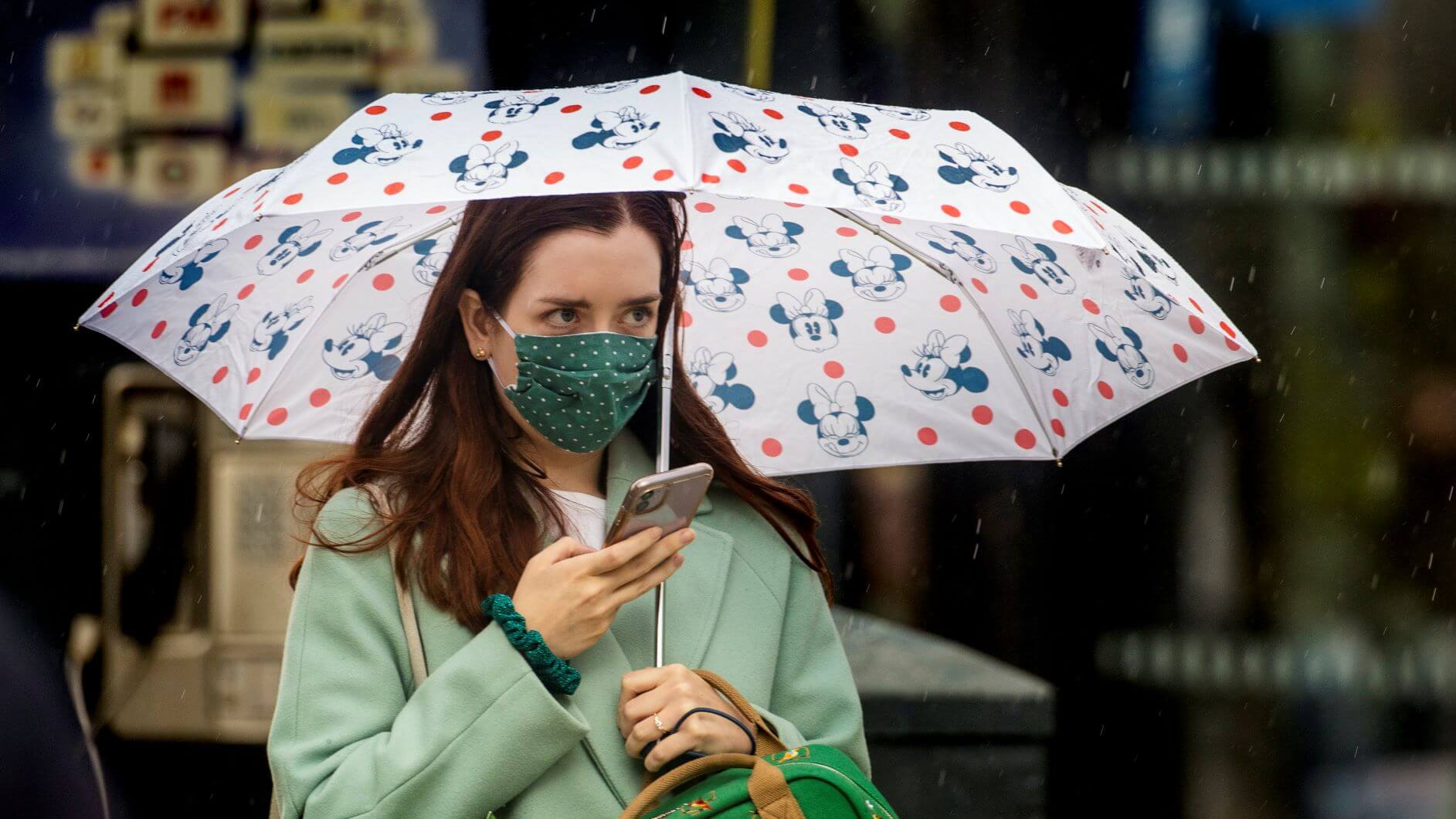
Coronavirus Disease (COVID-19) has impacted workplaces and organizations all over the world. It soon escalated into a global health crisis, posing a threat to the worldwide economy.
Employers and workers have faced a variety of challenges due to the company and industry shutdowns. These were imposed and mandated around the world to stop the virus from spreading. For this reason, prevention of COVID-19 spread should be of utmost importance to minimize its impact in the workplace.
How Do COVID-19 Spread
When someone with COVID-19 coughs or exhales, droplets of infected fluid are released. The majority of these droplets land on surrounding surfaces and objects like desks, tables, and phones.
People who come into contact with contaminated surfaces or objects and subsequently touch their eyes, nose, or mouth could contract COVID-19. Moreover, they can catch COVID-19 by breathing in droplets spit out or exhaled by a person with COVID-19. They could easily contract it if they are within one meter of them. In other words, COVID-19 spreads similarly to flu.
The rampant spread of the virus, particularly in the workplace, is the reason to have Airfixture install your commercial air filtration system. Moreover, there are plenty more ways to stop the spread of COVID-19. Read on to know more about it.
- Install Air Filtration System
Clean air is necessary to eliminate the spread of the virus. Hence, you need to evaluate your building's ventilation and take the required measures to improve it. As COVID-19 spreads through air droplets, it is essential to have an air filtration system to reduce risk and control air contamination.
- Perform Routine Cleaning And Disinfection
Regular workplace cleaning is necessary since the virus can survive on surfaces for days. Weekly disinfection is recommended to keep the space free from the virus. Also, be cautious if someone who has been in the facility within the last 24 hours is suspected or confirmed to have COVID-19. If so, follow the cleaning and disinfection procedures set by the authority as soon as possible.
- Ensure Health Screening Procedures
Health screening procedures like checking temperatures should be implemented in the workplace. At the start of each shift, check workers' temperatures to identify if anyone has a fever. Those whose temperature is above 100℉ shouldn't be allowed to enter the premises.
In addition, regularly check to see if workers have developed new or unusual symptoms of COVID-19 in the preceding 24 hours. If a worker has a fever or is suspected of having COVID-19, they should immediately be sent home for isolation.
- Implement Physical Distancing Measures
Physical distancing is a must, especially when working indoors. You may do it by adjusting or modifying seats, equipment, and workstations to maintain a six-foot social distance between employees.
Wherever social distancing isn't possible, install transparent shields or other physical barriers to separate personnel and visitors. When physical boundaries aren't feasible, use signs, tape marks, or other visual cues positioned six feet apart on the floor to indicate where to stand.
Additionally, you should limit your face-to-face meetings. When face-to-face meetings are required, they should be conducted in open areas with good ventilation. When possible, conduct meetings over the phone, through video conference, or via email.
- Promote Basic Health Protocols
Basic health protocols such as washing hands and wearing face masks should always be observed in the workplace. Ensure that staff and visitors have access to areas where they may wash their hands with soap and water.
The Centers for Disease Control (CDC) suggests washing your hands for a total of 20 seconds with water and soap. Then, massage and clean the backs of the hands, the palms, between the fingers, and under the nails.
Reinforce and promote handwashing through signage placed conspicuously in restrooms. In addition, you may also place hand sanitizing dispensers on corners where people frequent. Face masks should also be readily available, as well as closed bins for proper disposal.
- Suspend Or Limit Business Travels
Employers should think about prohibiting or restricting business travel to areas where the coronavirus is prevalent. In line with this, the CDC has developed criteria for issuing travel health warnings based on regional risk stratification.
In addition, the CDC guideline may aid in making management decisions concerning the risk of exposure to the virus that might be associated to travel. However, employers can't restrict workers from traveling for personal reasons, even if they're traveling to a place where the virus is prevalent.
Final Words
COVID-19 disrupted how things were at work. It presented businesses with new challenges that require adaptation. Following health standards brought about by the pandemic should be a top priority. By doing so, you are protecting both your business and your employees.
Thanks for signing up to Minutehack alerts.
Brilliant editorials heading your way soon.
Okay, Thanks!